- Satisfied so far
- Great price

7
·
Average

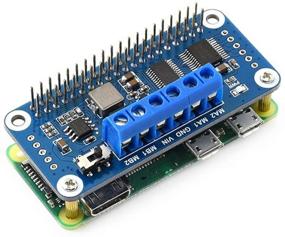
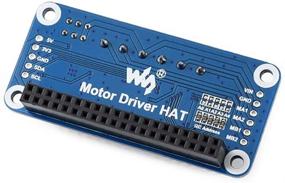
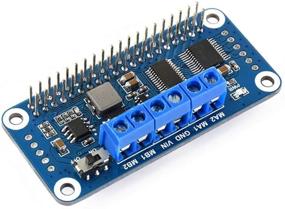
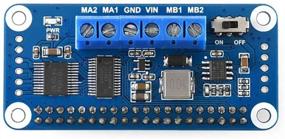
| Brand | Waveshare |
|---|---|
| Connectivity Technology | I2C |
| CPU Model | Tegra |
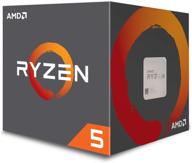
🔋 Power Up Your Gaming Rig with AMD Ryzen 5 2600 Processor with Wraith Stealth Cooler - YD2600BBAFBOX

116 Review

Unleash High-Performance with AMD Ryzen 5 3600XT Processor & Wraith Spire Cooler

223 Review
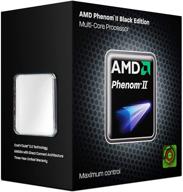
AMD Phenom II X4 940 💻 Black Edition 3.0GHz AM2+ Processor - Retail

96 Review
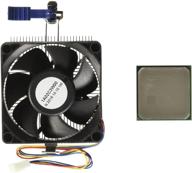
💪 AMD FD6300WMHKBOX FX-6300 Black Edition: 6-Core Processor with Unparalleled Performance

134 Review
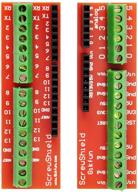
Gikfun Screw Shield Expansion Board: Enhance Arduino UNO R3 with the EK7007 Add-On

11 Review
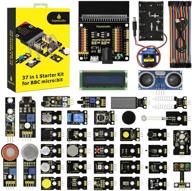
🎁 Ultimate BBC Micro bit Sensor Starter Kit: Keyestudio 37-in-1 Box with Tutorial, Compatible with V1.5 & V2, Gift for Kids and Adults (Microbit Board Not Included)

11 Review

55" TV LG OLED55C2RLA 2022 HDR, OLED, dark titanium

38 Review
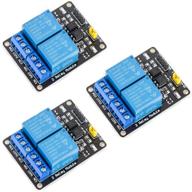
🌐 MCIGICM 2 Channel DC 5V Relay Module: Optocoupler Low Level Trigger Expansion Board for Arduino UNO R3, DSP, ARM, PIC, AVR, STM32, Raspberry Pi

11 Review
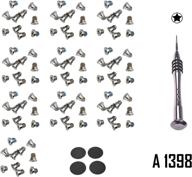
🔧 Premium Repair Replacement Screws & Tools for MacBook Pro Retina 15"/13" - Complete Bottom Case Set

10 Review

Comprehensive 500pcs Laptop Screw Kit Set for 🔩 IBM HP Dell Lenovo Samsung Sony Toshiba Gateway Acer

12 Review
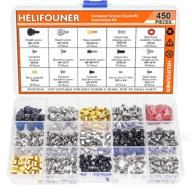
🖥️ Helifouner 450-Piece Computer Standoffs Spacer Screws Kit: Ideal for Hard Drive, Motherboard, Fan, Power Graphics & Computer Cases

10 Review
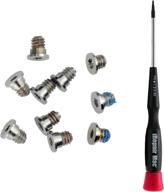
MacBook Retina 13-inch (A1425, A1502) and 🔩 15-inch (A1398) Bottom Case Screw Set with Pentalobe Screwdriver

11 Review